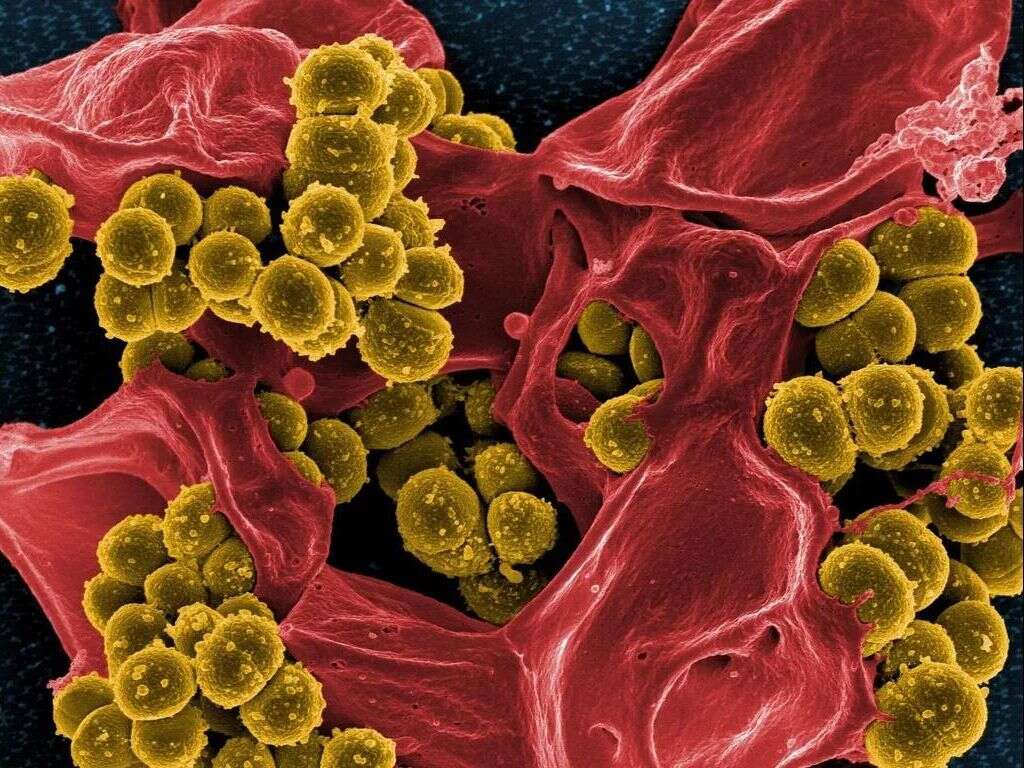What Is a Staph Infection?
Bacteria are all around us. They are on the surfaces we touch, on our skin, and even in the food that we eat. Despite this, we are usually kept safe by our immune system, and with help from modern medicine and hygiene standards. Still, we are not completely safe, and we can sometimes pick up infections.
There are countless different types of bacteria, and they can affect us in different ways. Some are quite harmless, and some have the potential to take our lives. Among the most common types we are likely to encounter is known as staph. Although common, staph infections are usually not serious, although we should not treat them with complacency.
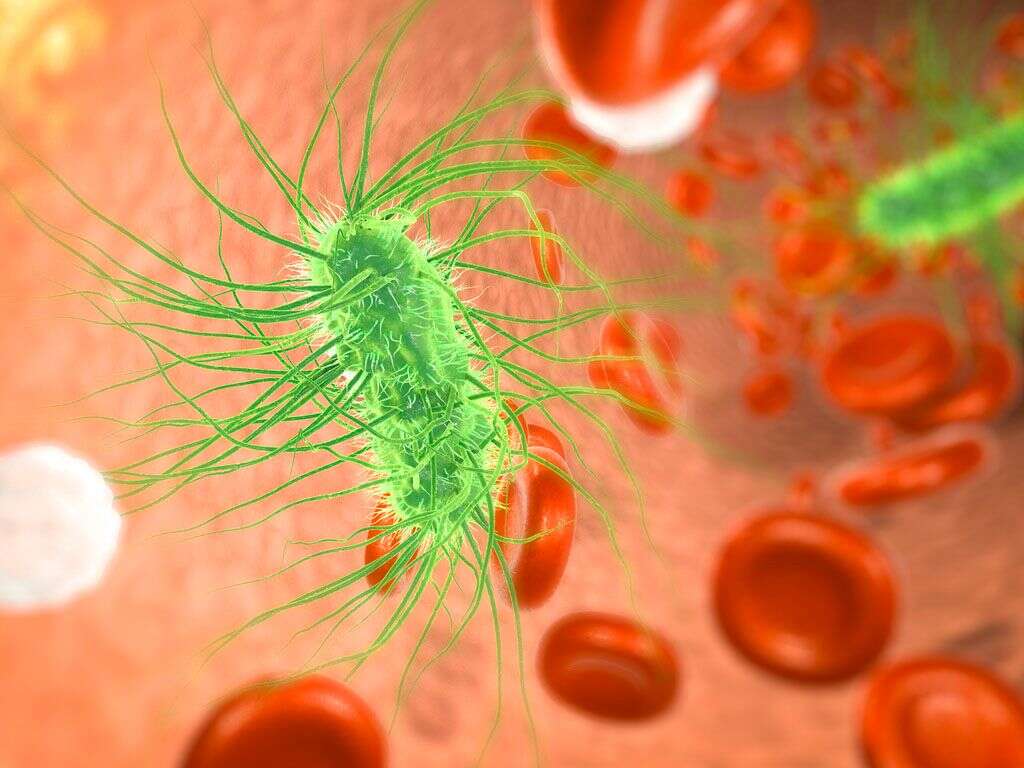
1. Causes
A staph infection is caused by bacteria in the group known as Staphylococcus. In most cases, it is Staphylococcus aureus specifically that is responsible. The bacterium is very common but it will not usually cause problems for us. When we do get an infection, it will likely be from bacteria that have been in or on your body for some time.
Staphylococcus is a tough type of bacterium that can survive for a relatively long time on various objects. This makes transmission more likely as the bacteria are more likely to still be alive when we come into contact with them. The bacteria will also sometimes be transmitted from person to person.

2. Food Poisoning
Staph infections can cause a variety of problems for the patient. One of these is food poisoning, and the bacterium is one of the most common causes of food poisoning. When staph is the cause of food poisoning, the symptoms will usually develop very quickly, even within just a few hours.
The good news is that food poisoning involving staph is not usually serious, and the patient will often have recovered within the same day of the infection. The symptoms of staph food poisoning include dehydration, diarrhea, low blood pressure, and nausea and vomiting. If these symptoms do persist, the patient should speak with their doctor as soon as they can.
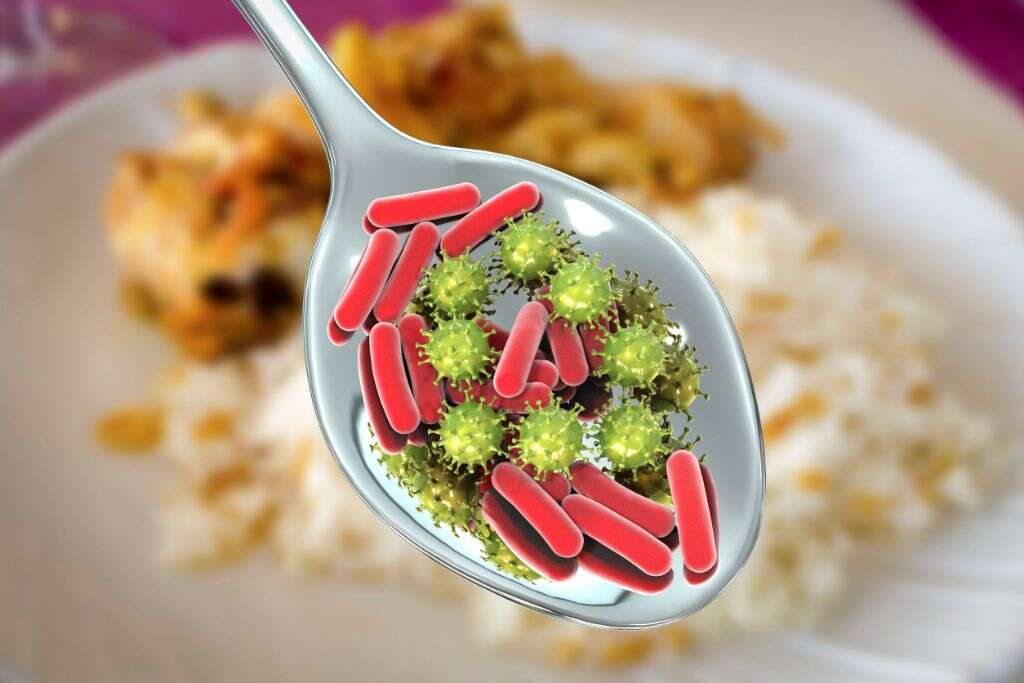
3. Skin Infections
Staphylococcus is also responsible for a relatively high percentage of skin infections. The most common type is boils, which many people will have at least once in their lifetime. These infections develop in an oil gland or hair follicle and can develop into a large sac of pus.
Cellulitis is another skin infection that staph can cause, and the infection will be located in the deeper layers of the skin. Another type is impetigo which can cause blisters and a rash that can be painful. Skin infections caused by staph can also result in Staphylococcal scalded skin syndrome, which means the top layer of skin has come away, leaving behind a sore area that looks like a burn.
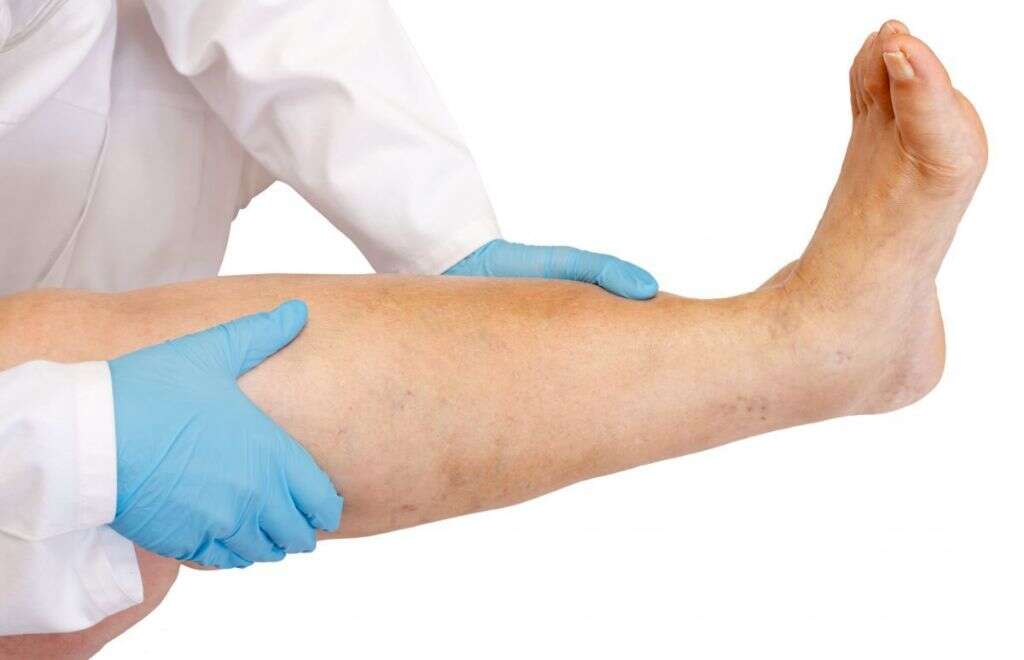
4. Septic Arthritis
A staph infection will also sometimes cause septic arthritis. This is a condition where the bacteria have infected the patient’s joints; usually the fingers, toes, shoulders, hips, and knees. The condition is treatable, but it can end up causing permanent damage if it is not treated in time.
Septic arthritis is a very painful condition, with extreme pain felt in the joint that has been infected. The joint will also become very swollen, and the infection is also likely to cause the patient to have a fever. Septic arthritis will often be caused by bacteria spreading from an infection elsewhere, although injuries can sometimes cause the joint to become infected directly.
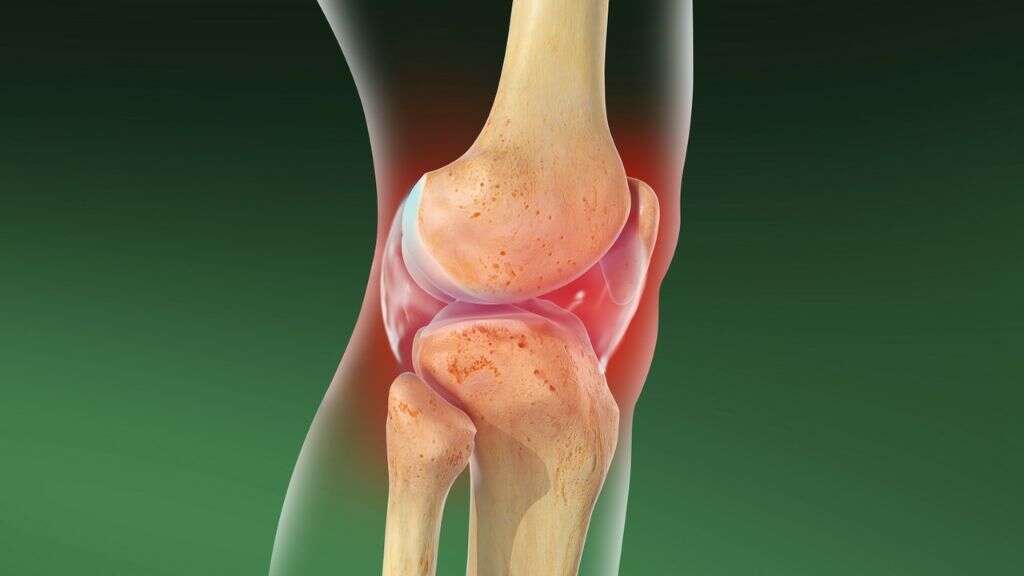
5. Bacteremia
Bacteremia is a condition where the patient’s bloodstream has become infected, and staph is a relatively common cause of the condition. In most cases, the patient will have had a staph infection somewhere in the body, only for the bacteria to then spread to the blood.
Bacteremia, which is also known as a bloodstream infection, is a potentially very serious condition. This is partly because the infection can easily spread to other parts of the body where it can do a lot of harm to the body. Body parts potentially infected by bacteremia include muscles, bones, pacemakers, artificial joints, and internal organs.

6. Toxic Shock Syndrome
Bacteria, including staph, release various toxins as a byproduct. This is not usually a problem for us because the volume of toxins produced is so small that it is easily processed by our bodies. When there are a lot of bacteria present, however, then the volume of toxins is also going to be higher.
A lot of bacteria can release enough toxins to be dangerous for us. Symptoms of the condition include nausea, vomiting, a high fever, and aching muscles. The patient is also likely to have stomach pain and they may also have diarrhea. The patient can also become very confused, and a rash on their soles and palms can also develop.

7. Sepsis
If an infection is detected then our immune system will launch an attack against the invaders. Our defense system is quite effective against invaders and we will usually be able to overcome mild infections without the need for medication. Although a strong response is often necessary, the response can sometimes be too strong.
Sometimes, the response to an infection can be so strong that is can put the patient’s very life at risk. A dangerous volume of chemicals can be released into the body potentially resulting in what is known as a septic shock. This is a very dangerous situation and the patient should be found medical assistance immediately.

8. Who’s At Risk
Anybody can develop a staph infection and it is a common disease. However, certain people are more likely to become infected than other people are. This includes people with a weakened immune system, while certain other medical conditions can also make somebody more prone to a staph infection.
Injuries can also make somebody more prone, and people that have recently had surgery are also at a greater risk. People that play contact sports are also more prone to becoming infected. Food can also become contaminated with staph, and people that don’t take adequate precautions are also more prone to becoming infected.
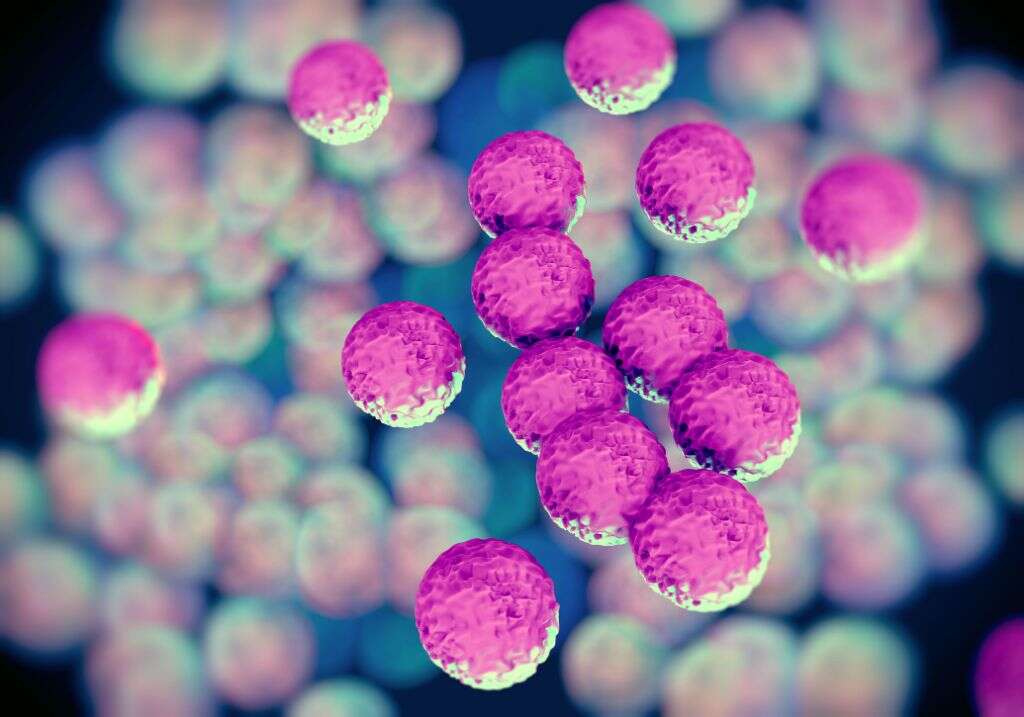
9. Diagnosis
One of the first steps in diagnosing a staph infection is for the doctor to perform a brief physical exam. They will also need to ask you about any symptoms you are experiencing. Tests will need to be performed in order to reach a diagnosis, and this will often be achieved with help from nasal secretions or tissue samples.
Experts can examine these samples for signs of Staphylococcus, and the disease can be diagnosed if the bacterium is present. Depending on the patient’s condition, it may also be necessary to check if the infection has spread. This can be achieved with help from an echocardiogram and other imaging techniques.

10. Treatment
Treatment of a staph infection will typically involve the use of antibiotics. It will be necessary to identify which variety is the culprit to help doctors prescribe the most effective medication. It is important to complete the course of antibiotics to help prevent the bacterium from developing a resistance.
If the infection involves a surgically implanted device then the device will need to be removed. If a wound is badly infected then it may need to be drained of the bacteria. If the infection has caused severe conditions like sepsis or toxic shock syndrome, the patient will need to be hospitalized.




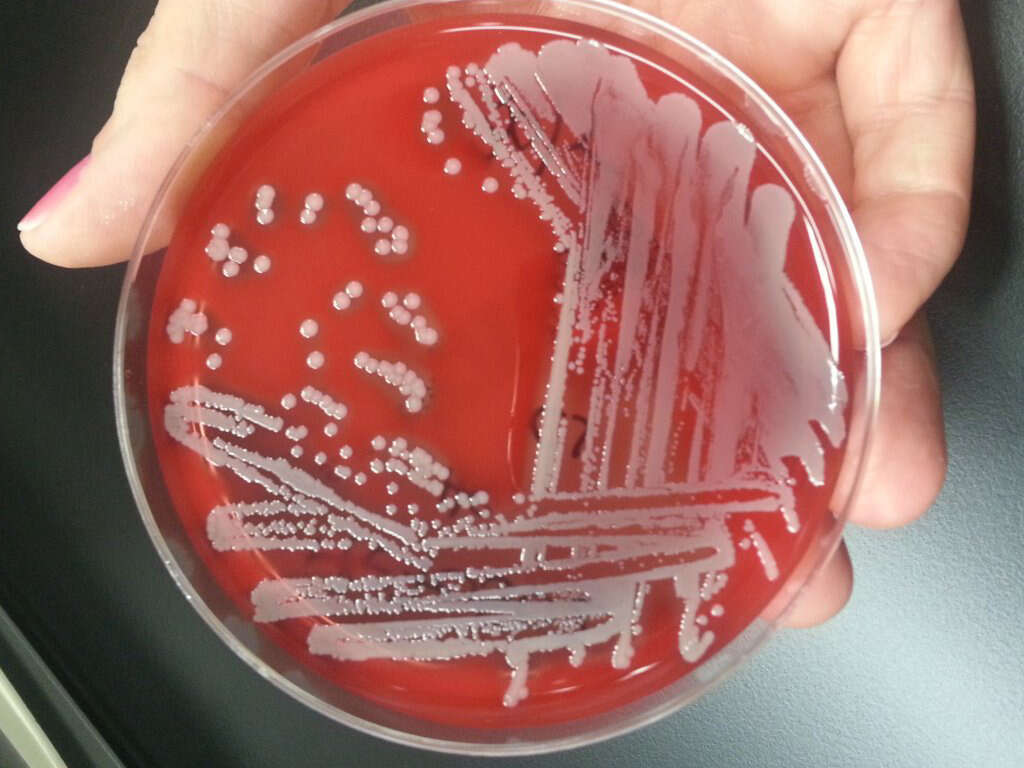
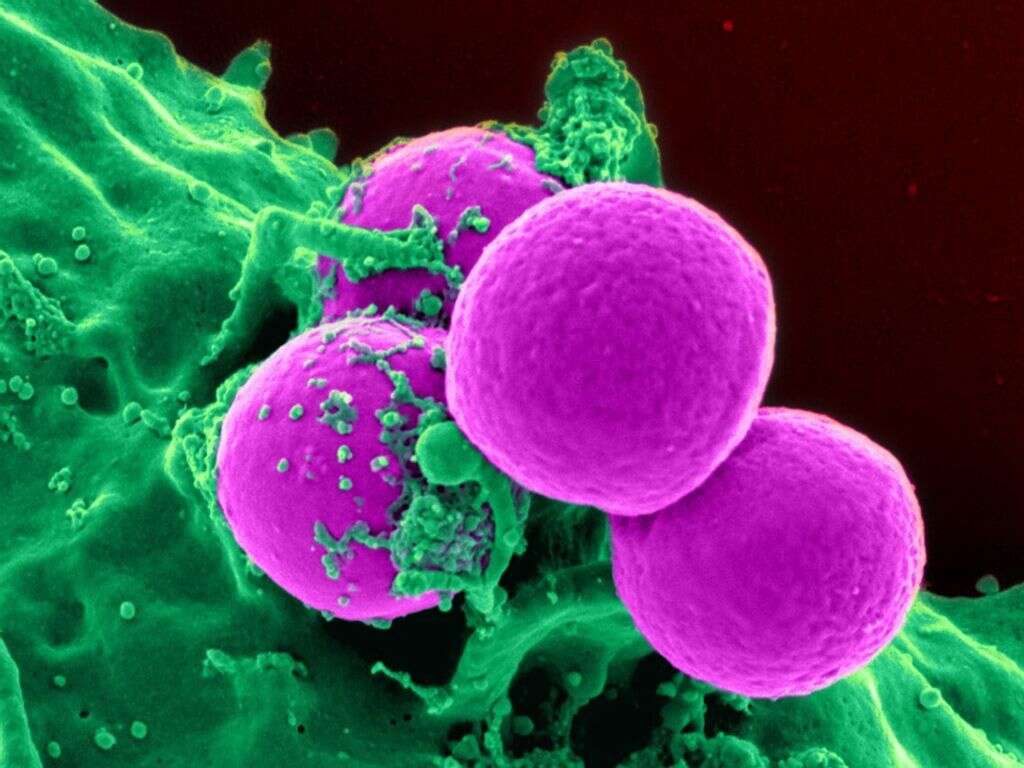



-06.jpg)

